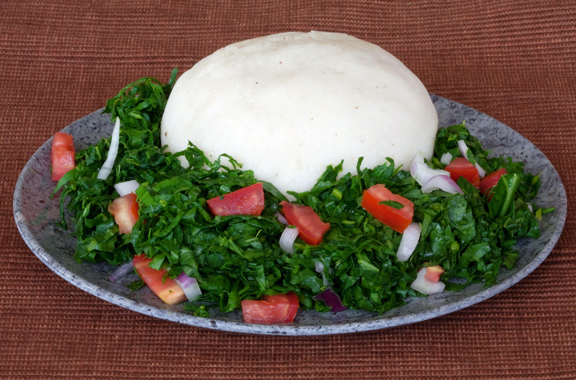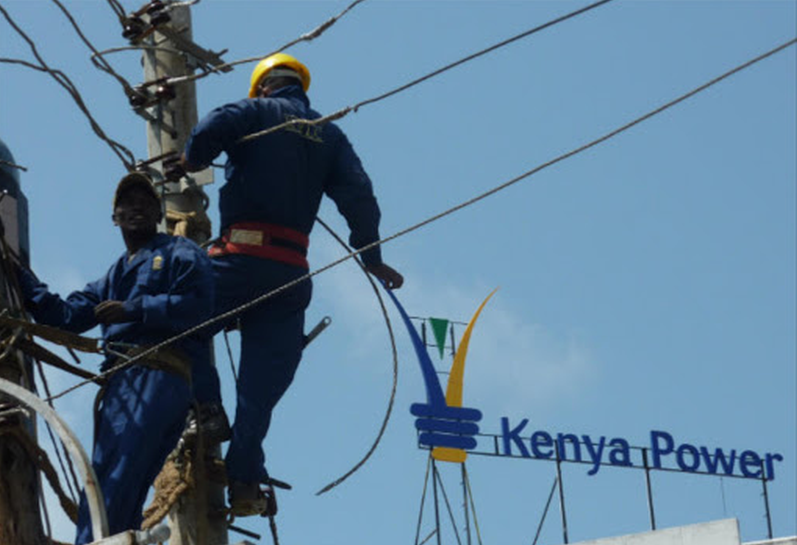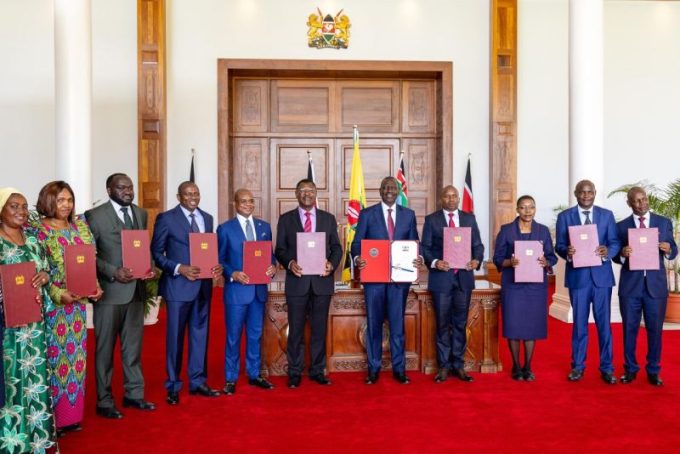Sub-Saharan Africa’s economy is projected to hit 3.6% growth in 2020, a slight improvement from 2019’s 3.2%.
While this may come as a relief, the expected recovery is, however, at a slower pace than previously predicted for about two-thirds of the countries in the region, partly due to a challenging external environment.
Projections show that for non-resource-intensive countries in the region there is a possibility of a per capita income rise faster than the rest of the world, according to the World Bank.
Growth is expected to remain strong, averaging about 6% in the region with 24 countries which are home to about 500 million people experiencing this growth.
Increasing unga prices
Basic commodities are the lifeline of many Kenyans struggling to make ends meet and increase in the prices is likely to create instability.
But, the International Monetary Fund (IMF) is pushing Treasury to raise basic goods prices by at least 16% to help cut budget deficits and tame public borrowing.
The Bretton Woods institution wants the Kenyan government to increases taxes for basic goods including maize, bread and wheat flour and also cooking gas. Increasing unga prices in Kenya, however, may bring the country to the brink akin to the 2007 violence.
Food prices in Kenya have increased by close to or more than 80% since 2007 making life harder since the available resources for such an increase are not growing. The increases are in basic commodities like unga for ugali and chapati which are the meals that sustain many Kenyan families. Salaries, on the other hand, have remained minimal and just for day-to-day sustenance showing how ignorant the IMF is at making such a radical proposal for Kenya.
In a Business Daily report last week, the World Bank’s sister institution says that the government’s move to reduce or zero rate taxes on the sensitive goods had contributed to the significant tax collection shortfalls.
While reviewing Treasury’s and Kenya Revenue Authority (KRA) books last year, IMF said that the reduced and zero-rated tax for the goods and services was costing the country in excess of Sh478 billion despite the demand having doubled since 2013. KRA’s tax collection shortfall for 2019 was Ksh300 billion (US$300 million).
In rationalising such a move in Kenya and other countries in similar situations, the IMF says that the countries have to carefully calibrate the near-term policy mix.
It notes: “Amid limited buffers and elevated debt vulnerabilities in some countries, policymakers have limited room for manoeuvre to counter external headwinds. The room for supporting growth remains mainly on the monetary policy side and is restricted to countries where inflation pressures are muted and growth is below potential. In the event downside risks materialize, fiscal and monetary policy could be carefully recalibrated to support growth, in a manner consistent with debt sustainability and available financing, and as part of a credible medium-term adjustment plan.”
The Washington, D.C-based multilateral financier adds that countries that are growing slowly could see the pace of adjustment being more gradual as long as financing is available or its composition fine-tuned to minimize the impact on growth.
“In fast-growing countries that are facing elevated debt vulnerabilities, the priority remains to rebuild buffers,” adds the IMF.
Kenya’s Economy Improving
After a sustained period of sluggish growth following the prolonged 2017 elections, the East African economic hub’s growth is expected to improve marginally this year.
The World Bank’s latest Global Economic Prospects report shows that Kenya’s economy will slightly accelerate in 2020to hit 6 per cent.
Favourable weather and increased credit flow to businesses are projected to aid this growth which is just a point 1 percentage over June 2019’s projection.
WB estimated that Kenya’s growth for 2019 would slow to 5.8 per cent from 6.3 per cent in 2018 due to the adverse weather conditions which affected agricultural production.












Leave a comment